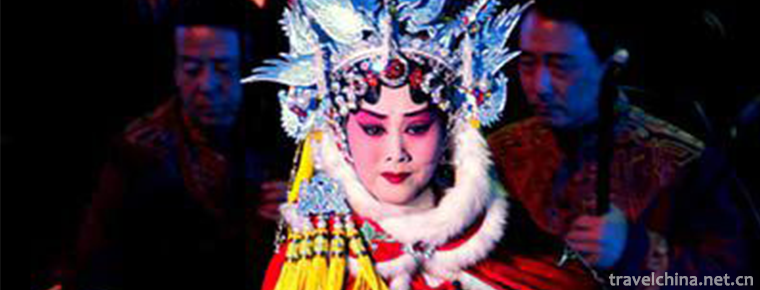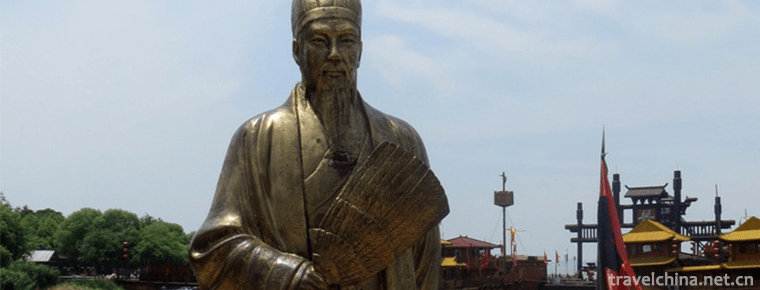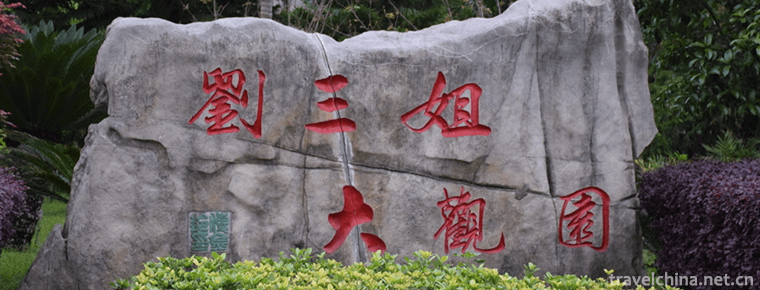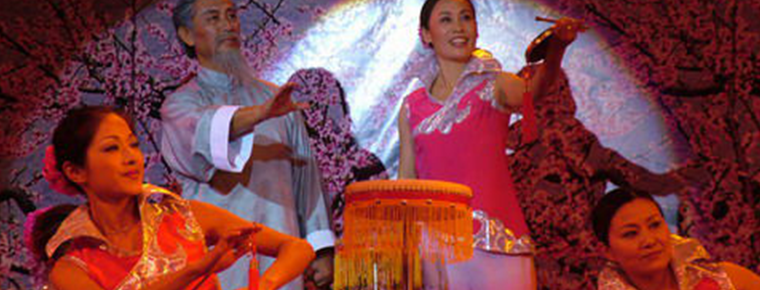Random Bomb Luan tan
Random Bomb Luan tan
Random Bomb, a traditional drama in Taizhou and Pujiang counties of Zhejiang Province, is one of the national intangible cultural heritage.
Chaotian bullet appeared in the rising period of Huabu opera tune in Qing Dynasty. It generally refers to the emerging traditional local tune drama from the end of Kangxi to the end of Daoguang in Qing Dynasty.
In 2006, the first batch of national intangible cultural heritage catalogue was selected by random bombing, the number of heritage: IV-39.
historical origin
The random bomb originated in the late Ming and early Qing Dynasty, and has a history of more than 300 years.
In the late Ming and early Qing Dynasties, Tan Wenyu, an artist from Dongma Yan Village in Pingxiang County, went south and north, and learned singing skills and skills. On the basis of learning Kunqu Opera art, he created the rudimentary art of Dongma Yan Ran Tan.
By the late Qing Dynasty, Tan Xinmin was admitted as a disciple, while Wu Fajia (from Weixian County) and Wu Faxu (from Longyao County) were non-disciples. Tan Xinmin handed down Tan Dailu and Tan Dailu handed down Tan Fengyuan. Only in 1948 did the fifth generation of Tan Dongyu, Tan Baoqun, Zhao Donggui and Tan Donggui. At that time, there were many clubs and famous actors. At that time, Dongma Yanchao Theater Troupe was the most influential one.
Since the founding of New China, Dongma Yanchao Tan has participated in many provincial and municipal opera performances and won prizes.
Dongma Yanchao Tanjuan Opera Troupe was transferred to disciples Tan Minggang and Zhao Lianjun of the sixth generation in 1989. Now it is mainly performed during the Spring Festival or major celebrations. The audiences are becoming fewer and fewer, and the foundation for the existence of random play is becoming weaker and weaker. The art of random play is on the verge of extinction. Faced with the dilemma of the development of random bombs, how to rescue and protect this ancient cultural and artistic heritage, and how to retain the root of national art, this requires us to seriously think about the protection and development of random bombs, and earnestly come up with scientific countermeasures to implement step by step.
Cultural characteristics
Libretto
Lyrics are the structure of the upper and lower sentences, with seven-character sentences and cross sentences as the basic sentence patterns.
Musical Instruments
The accompaniment instruments and accompaniment characteristics of random play are unique. The accompaniment of blowing music, mainly suona, is popular with folk style of blowing and drumming music, with a complex syllable. The traditional accompaniment instruments in Wenchang are two suona flutes and one seven-hole flute (seven-hole flute is thinner than tune flute, slightly coarser than bamboo flute, seven tone holes) and two small square flutes. Students often use Suona and Sheng accompaniment, flute and Sheng accompaniment in the first line, flute and Sheng accompaniment in the literary plays, and Suona and Sheng accompaniment in the martial arts.
role
Random play should be divided into four categories: life, dan, clean and ugly. The performance is old and simple, rough and enthusiastic. It pays attention to singing, reading, doing and playing. The performance of random bullet pursues warmth, explosion, strong soil flavor, rough and bold, with the artistic characteristics of plain, fresh, exciting, high-spirited, generous and unrestrained.
In the 1960s and 1970s, the performance props were played in disorder with "pure rhythm" and the aria and accompaniment were performed in a multi-voice form of "branch polyphony". Each voice part was carried out independently under the overall constraints to form a unique and delicate melodic contrast effect, which is unique in the Chinese opera tune. The study of random play is of great value to enrich the theory of Chinese multi-voice music.


-
The Oriental Pearl Radio & TV Tower
The Oriental Pearl Radio and Television Tower is one of the landmark cultural landscapes in Shanghai. It is located in Lujiazui, Pudong New Area, with a height of 468 meters.
Views: 608 Time 2018-12-05 -
Big and Small Size Dongtian Scenic Spot
The Size Dongtian Scenic Area (formerly known as the Haishan Scenic Spot and Aoshan Scenic Spot) is located in the southern corner of Nanshan Province, 40 kilometers west of Sanya City.
Views: 153 Time 2018-12-12 -
Water Margin City Scenic Area of the Three Kingdoms
The Wuxi Film and Television Base of CCTV is the first large-scale film and television shooting and tourism base in China. Founded in 1987, it is the first theme park in China that combines film and t.
Views: 154 Time 2018-12-18 -
Liu Sanjie s Grand View Garden
Liu Sanjie Grand View Garden, formerly known as Guilin Liu Sanjie Landscape Garden, is located on the Peach Blossom River in Guilin City, Guangxi Zhuang Autonomous Region. It covers an area of more th.
Views: 145 Time 2018-12-26 -
Tibetan Cobalt Technology
Zhang Zhaxi, a Tibetan cobalt-smelting craftsman over half a century old, told reporters that he was just "catching its tail" when the craft was losing its popularity..
Views: 164 Time 2019-04-15 -
Gongs and drums
The Gong and drum books used to be called "Taibaoshu", "Taibao" is derived from the activities of "Taibu" in the countryside of Shanghai suburbs and counties, which seeks.
Views: 120 Time 2019-05-15 -
The game of go
Go is a strategic two-player game. It was called "game" in ancient China and "Go" in the West. Popular in East Asian countries (China, Japan, Korea, Korea), is one of the four arts.
Views: 283 Time 2019-06-26 -
Yao Peoples Playing Hall
The Playing Hall is a folk grand gathering of memorizing ancestors, recalling history, celebrating harvest, rewarding vows, disseminating knowledge and mass entertainment activities in Liannan Paiyao..
Views: 286 Time 2019-07-11 -
Hydrology in Luzhou
There are many large, medium and small rivers in Luzhou, but the runoff of small streams is short. The rivers in the territory belong to the Yangtze River system, with the Yangtze River as the main trunk, distributed in a tree shape, and flow into the Yangtze River from south to North.
Views: 377 Time 2020-12-14 -
Nanchong Sports
By the end of 2019, Nanchong has 37 national youth sports clubs, 5 new national fitness routes and 1623 national fitness routes. Our athletes won 67 medals in national competitions and 288 in provincial competitions..
Views: 115 Time 2020-12-17 -
Guangan secondary industry
In 2019, the industrial added value of Guang'an City will reach 28.87 billion yuan, an increase of 8.8%, and its contribution rate to economic growth will be 34.9%. At the end of the year, there were 597 Industrial Enterprises above Designated Size, and.
Views: 162 Time 2020-12-19 -
Guangan highway
Guang'an is the transportation hub of Northeast Sichuan Province. The national highway 210, 212, 305 and 318, provincial roads 203, 304 and 18, and county, township and village roads crisscross each other, and the highway network exte.
Views: 144 Time 2020-12-19








